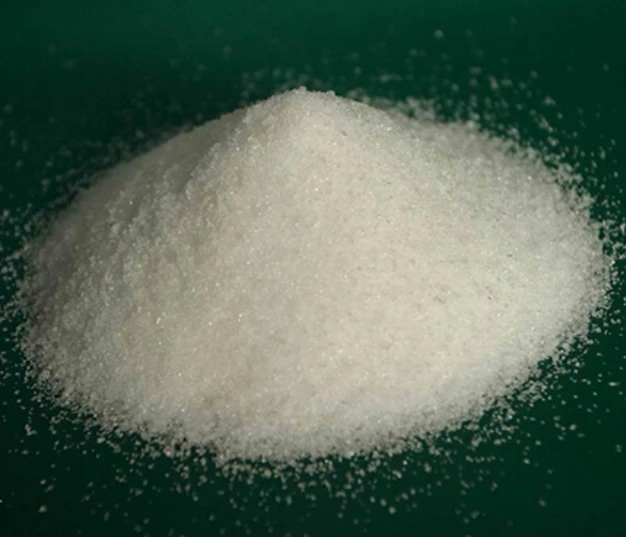industrial flocculant
Understanding Industrial Flocculants A Key to Efficient Water Treatment
In today's industrial landscape, water treatment plays a crucial role in ensuring the sustainability of various processes, particularly in sectors like mining, wastewater management, and agriculture. One of the core components of effective water treatment is the use of flocculants. These substances are pivotal in the aggregation of suspended particles in liquids, leading to their removal and clarification of the water. This article delves into industrial flocculants, their types, mechanisms, and applications.
What are Flocculants?
Flocculants are chemicals that promote the clumping together of particles, which is a process known as flocculation. When added to a mixture, flocculants bind with the suspended particles and create larger aggregates or flocs. These flocs can then be easily removed from the water through sedimentation or filtration, significantly improving water quality.
Types of Flocculants
Flocculants can be categorized into two main types organic and inorganic.
1. Organic Flocculants These are usually synthetic polymers, such as polyacrylamides, which are widely used due to their high efficacy and versatility. They come in various forms—cationic, anionic, and non-ionic—each suited for different types of waste streams. Organic flocculants are particularly effective in treating industrial wastewater, where they help in removing heavy metals, oils, and other contaminants.
2. Inorganic Flocculants Common inorganic flocculants include aluminum sulfate (alum) and ferric chloride. These substances work by destabilizing colloidal particles in water, allowing them to aggregate and settle out of the solution. Inorganic flocculants are often used in municipal water treatment facilities because they are cost-effective and widely available.
Mechanism of Action
The action of flocculants can be explained through two primary mechanisms charge neutralization and bridging.
industrial flocculant

- Charge Neutralization Many suspended particles in water carry a negative charge, which prevents them from clumping together. Flocculants, especially cationic ones, possess a positive charge that neutralizes the negative charges on the particles, allowing them to come together and form larger aggregates.
- Bridging In addition to charge neutralization, some flocculants create a physical bridge between particles. These long-chain molecules interlink with multiple particles at once, enhancing the size and weight of the flocs formed. The larger the flocs, the easier they are to separate from the liquid.
Applications of Industrial Flocculants
Flocculants are indispensable in various industries, including
- Mining In mineral processing, flocculants help in the separation of valuable minerals from gangue materials, enhancing recovery rates and reducing waste.
- Wastewater Treatment Municipal and industrial wastewater treatment facilities utilize flocculants to remove contaminants, improve effluent quality, and meet regulatory standards.
- Paper and Pulp Industry Flocculants aid in the clarification of pulp suspension, enhancing paper quality and reducing the amount of chemicals needed in the process.
- Oil and Gas In hydraulic fracturing, flocculants assist in managing fracturing fluids, ensuring the efficient and targeted release of oil and natural gas.
Conclusion
The use of industrial flocculants is integral to efficient water and wastewater treatment processes. They not only enhance water clarity but also play a significant role in environmental sustainability. As industries continue to face stringent regulations and growing concerns about water scarcity, the demand for effective flocculation solutions will undoubtedly increase. Understanding the types, mechanisms, and applications of flocculants could pave the way for more innovative and efficient industrial water treatment solutions in the future.
-
Water Treatment with Flocculant Water TreatmentNewsJun.12,2025
-
Polymaleic AnhydrideNewsJun.12,2025
-
Polyaspartic AcidNewsJun.12,2025
-
Enhance Industrial Processes with IsothiazolinonesNewsJun.12,2025
-
Enhance Industrial Processes with PBTCA SolutionsNewsJun.12,2025
-
Dodecyldimethylbenzylammonium Chloride SolutionsNewsJun.12,2025





